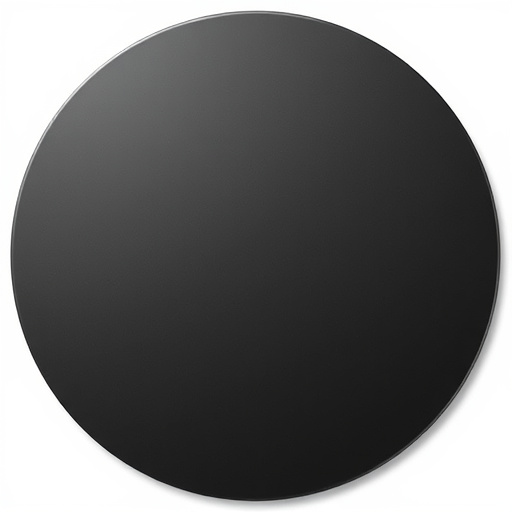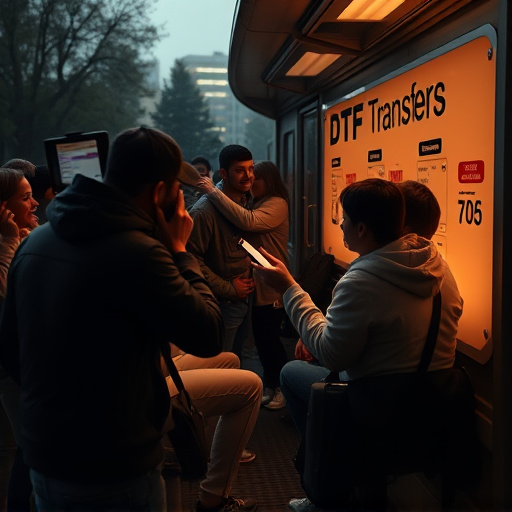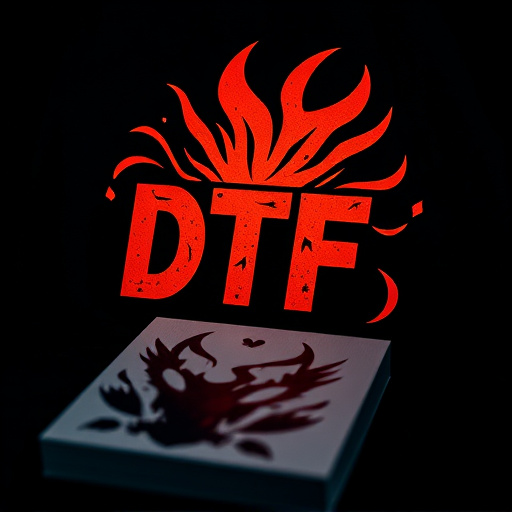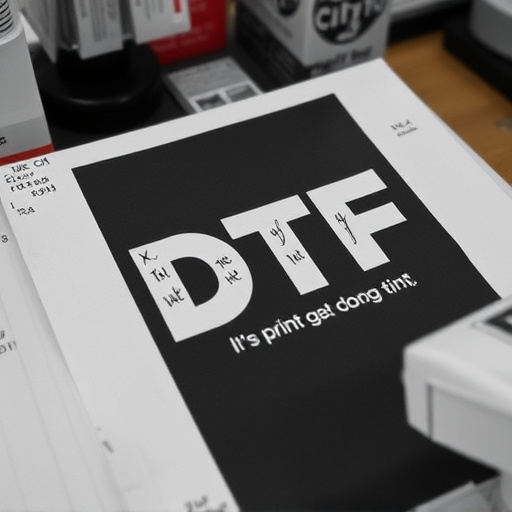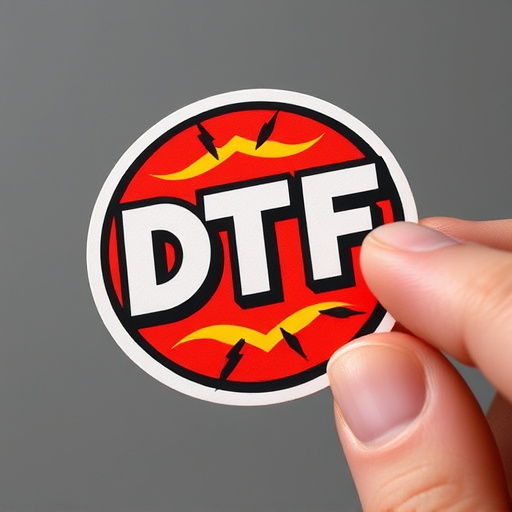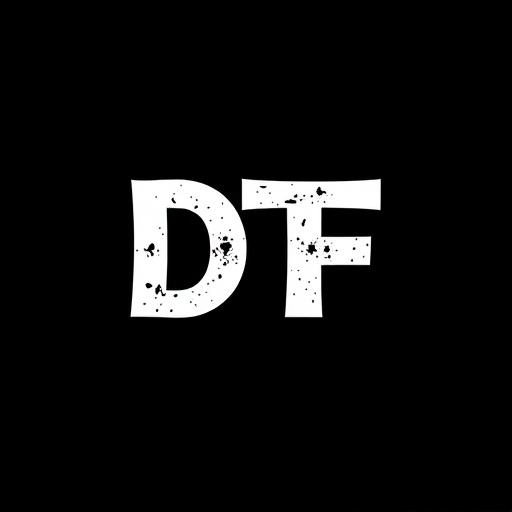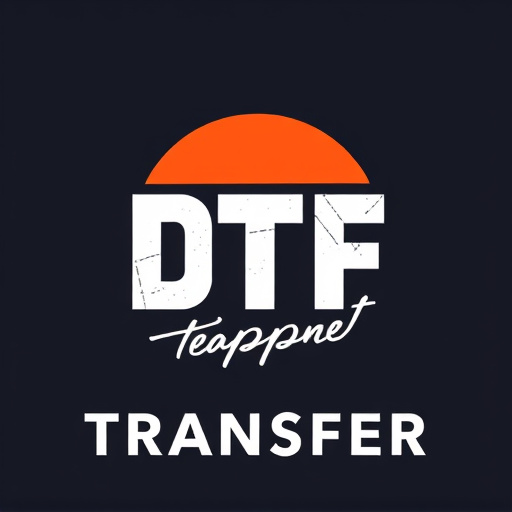Professional DTF (Direct to Fabric) transfers are revolutionizing apparel customization by enabling precise, vibrant printing directly onto fabrics with minimal setup costs and waste. This method allows businesses to fulfill custom orders promptly, reduce overproduction risks, and enhance customer satisfaction. In various industries, DTF heat transfer paper and custom transfers streamline production, cut waste, and minimize excess inventory, fostering more sustainable and flexible business practices. Leading clothing brands have successfully used Professional DTF Transfers to minimize inventory waste, achieve profitability, and promote environmental sustainability.
Professional DTF (Direct To Final) transfers are transforming inventory management, minimizing waste, and maximizing efficiency. This cutting-edge technology allows businesses to print directly on packaging, eliminating the need for intermediate stock. By implementing DTF transfers, professionals can optimize their supply chains, reduce lead times, and lower costs. This article explores the benefits of DTF transfers, how experts integrate them into inventory strategies, and highlights successful case studies showcasing their game-changing impact. Discover how these innovative solutions are revolutionizing the world of professional printing and packaging.
- Understanding DTF Transfers and Their Benefits
- How Professionals Implement Efficient Inventory Management with DTF Transfers
- Case Studies: Successful DTF Transfer Strategies in Action
Understanding DTF Transfers and Their Benefits
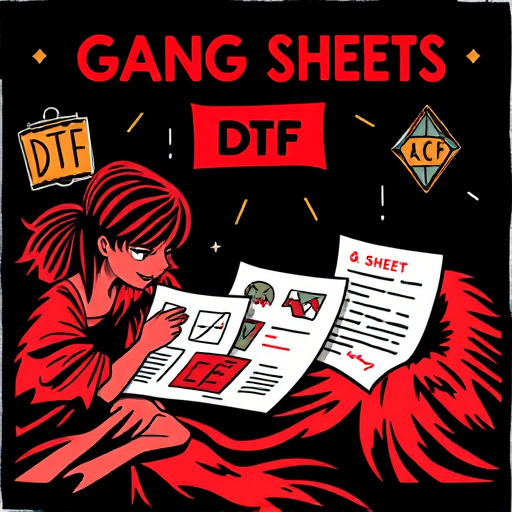
Professional DTF (Direct to Fabric) transfers are revolutionizing the way businesses handle clothing and apparel customization. This modern printing method enables precise, vibrant designs directly onto various fabrics, from cotton tees to hoodies. Unlike traditional printing techniques that may require substantial setup costs and inventory, DTF offers a more efficient approach.
The benefits of Professional DTF Transfers are numerous. It minimizes waste by allowing businesses to print only when needed, reducing the risk of overproduction. Additionally, it facilitates faster turnaround times, making it ideal for meeting last-minute orders or fulfilling custom requests promptly. With its ability to produce high-quality, detailed prints on demand, DTF printing for hoodies and other garments has become a game-changer in the industry, ensuring businesses stay competitive while maintaining excellent customer satisfaction.
How Professionals Implement Efficient Inventory Management with DTF Transfers

Professionals in various industries are leveraging Professional DTF Transfers as a powerful tool for efficient inventory management. By utilizing DTF heat transfer paper and custom DTF transfers, businesses can streamline their production processes and reduce waste significantly. This method allows for on-demand printing and application of designs, ensuring that only the necessary quantities of products are produced at any given time. As a result, excess inventory is minimized, leading to cost savings and better resource utilization.
The process involves creating custom DTF transfers with specific designs and applying them to materials during the manufacturing stage. This direct-to-fabric (DTF) approach eliminates the need for large-scale production runs, as items can be personalized and produced based on customer demand. Professionals implement this technique by carefully planning and managing their inventory levels, ensuring that DTF transfers are readily available when needed, and thus, fostering a more sustainable and flexible business model.
Case Studies: Successful DTF Transfer Strategies in Action
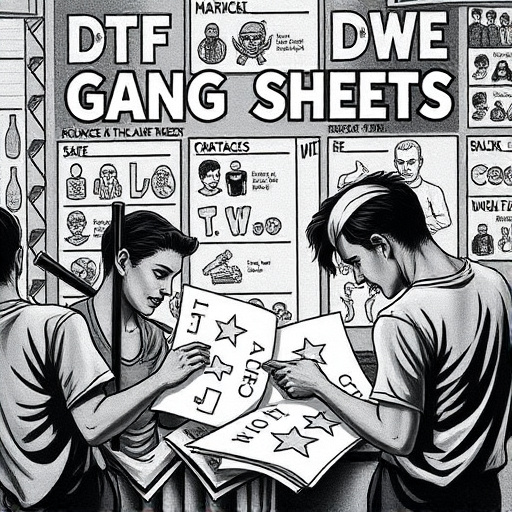
In the competitive fashion industry, minimizing inventory waste is a key strategy to stay profitable and environmentally conscious. Case studies from leading clothing brands demonstrate the power of Professional DTF (Direct-to-Fabric) transfers in achieving this goal. By adopting DTF printing for hoodies and other apparel, these companies have successfully implemented innovative transfer strategies that reduce waste while maintaining high-quality designs.
For instance, one prominent brand focused on customizability and speed. They utilized DTF to apply intricate logos dft for clothing brands directly onto various fabric types, allowing them to cater to diverse customer preferences promptly. This approach not only cut down on overproduction but also enabled them to offer a broader range of personalized products. Another study revealed that by implementing DTF printing in-house, a mid-sized apparel manufacturer could significantly reduce lead times and inventory carrying costs, ensuring they remained competitive in the market while minimizing environmental impact.
Professional DTF transfers offer a highly effective solution for minimizing inventory waste. By implementing these advanced printing techniques, businesses can streamline their production processes, reduce excess stock, and optimize resource utilization. As demonstrated in the case studies, strategic planning and thoughtful execution of DTF transfers can lead to significant cost savings and improved operational efficiency, solidifying its position as a game-changer in modern inventory management.





